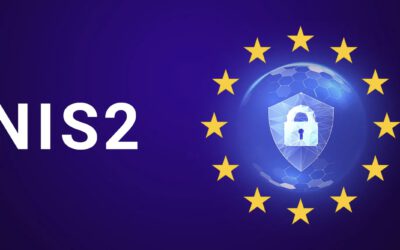Sourcing Strategy
Why
How
Generating an IT sourcing strategy involves identifying the specific needs of the organization and determining the most appropriate way to meet those needs. This process typically includes the following activities:
> Requirements assessment: Analysing the organization’s current and future IT needs to support the business processes. This includes the type of technology required, the desired functionality and features, and any other relevant considerations.
> Identifying potential sourcing options: Considering a range of sourcing options, such as purchasing technology in-house, outsourcing to a third-party supplier, or using a combination of both.
> Evaluating potential sourcing options: An overview of the pros and cons of each option and determine which one is the most appropriate for the organization. Factors to consider may include cost, flexibility, scalability, and the level of control desired.
> Developing a sourcing plan: Creating a detailed plan outlining the steps required to implement the chosen sourcing option, including any necessary negotiations or contracts.
> Implementing the sourcing plan: Executing the plan and transitioning to the chosen sourcing option. This may involve establishing new contracts, transitioning to new suppliers, or making other necessary changes.
> Monitoring and reviewing the sourcing strategy: Regularly reviewing the effectiveness of the chosen sourcing option and making any necessary adjustments to ensure that it continues to meet the organization’s needs.
Result
A successful sourcing strategy provides clear objectives for current and future IT developments to ensure they continue to contribute to business processes. It outlines the areas in which to invest, establishes minimum requirements for architecture, security, and compliance, and determines the lifespan of IT services and products.
References
Words from our clients: hear what others have to say about our services
Do you have a question or want to meet?
NIS2, het gaat er nu echt aankomen dit jaar.
Daarmee wordt het ook tijd om de IT-contracten te checken, of rekening mee te houden wanneer nieuwe contracten gesloten worden. Er zijn er verschillende aandachtspunten om ervoor te zorgen dat je voldoet aan de vereisten en best practices van NIS2. We...
The value of Contract Lifecycle Management
IT contract lifecycle management (CLM) has become a cornerstone for organizations aiming to keep pace with change and maintain a competitive edge. The essence of IT CLM lies in its ability to adapt IT contracts to support changing business needs, ensuring that...
Enhancing ITIL/ITSM processes brings significant value to your organisation
𝗧𝗵𝗲 𝘃𝗮𝗹𝘂𝗲 𝗼𝗳 𝗰𝗼𝗻𝘁𝗶𝗻𝘂𝗼𝘂𝘀 𝗶𝗺𝗽𝗿𝗼𝘃𝗲𝗺𝗲𝗻𝘁 𝗼𝗳 𝘆𝗼𝘂𝗿 𝗜𝗧𝗜𝗟/𝗜𝗧𝗦𝗠 𝗽𝗿𝗼𝗰𝗲𝘀𝘀𝗲𝘀 Within IT service management, it's important for organizations not only to maintain their ITIL and ITSM processes but also to actively seek ways to improve...
Get in contact
Reach out to us for any questions










